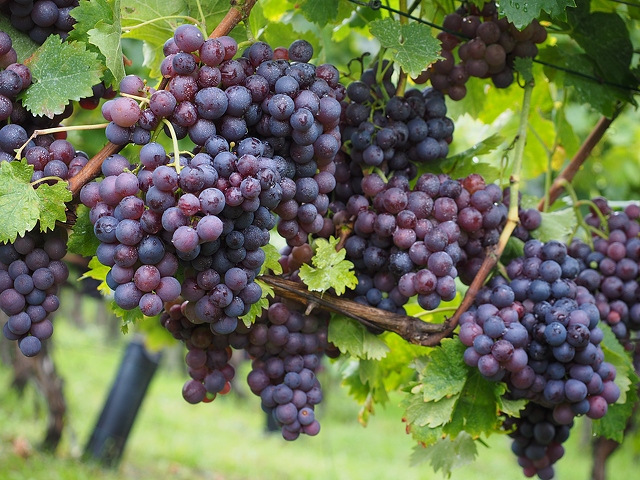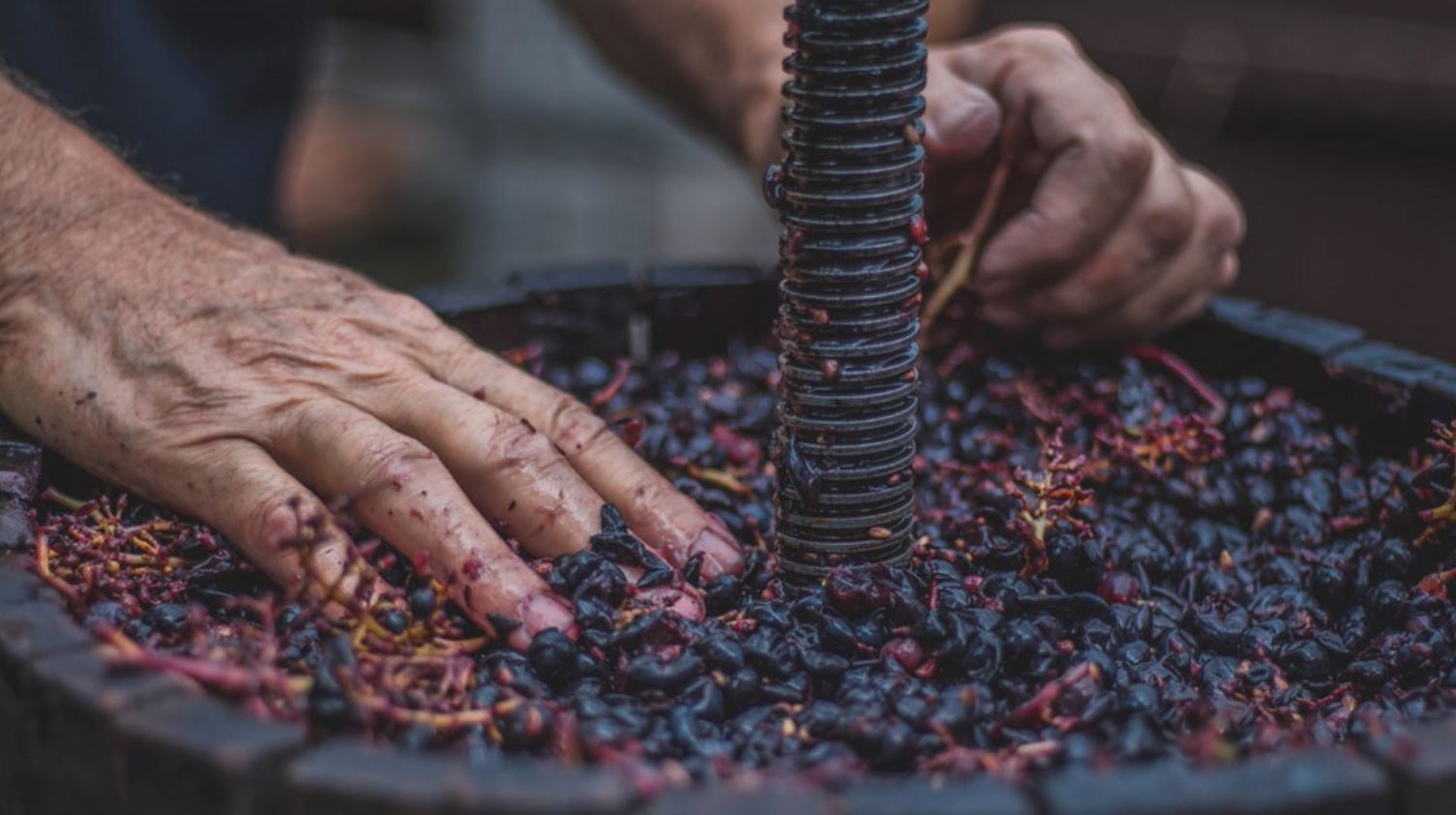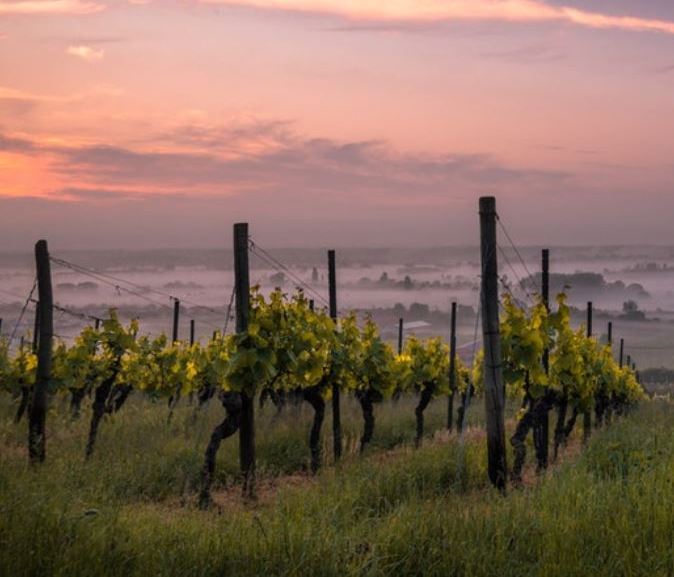
We have worked together with Washington's wineries to develop the first statewide water quality permit for wineries, called the Winery General Permit. This permit establishes practices for managing winery wastewater. The permit is scheduled to take effect July 1, 2019.
Helping Washington wineries be more sustainable
This permit will help protect waters from potential pollution. A general permit allows businesses that have a similar function to have a unified approach. Instead of each winery applying for water quality permits separately, they can apply for coverage under the one statewide general permit.
General permits simplify the permitting process — which saves both the facility and the state time and resources.
Working with the wine industry to create a solid permit
Since 2014, we have worked closely with Washington’s wineries and industry experts to get to know Washington’s diverse wine industry. We learned about wineries’ current waste management systems and listened to concerns about complying with a new permit.
We included flexibility, compliance options, benchmarks, and scaled requirements for small producers and existing facilities. For more about our collaboration with the wine industry and stakeholders see the permit development history on our website.
Why is winery wastewater a concern for water quality?
Contamination can occur if a winery’s septic tank and drainfield system fails, if their wastewater lagoon leaks, or if they use too much untreated wastewater to irrigate their crops. Winery wastewater can have high amounts of organic matter and solids, and extreme pH ranges.
- Pollute groundwater aquifers that supply drinking water and the water used to make wine.
- Kill aquatic organisms.
- Overwhelm wastewater treatment plants causing untreated sewage to be discharged to Puget Sound and rivers.
Who needs coverage under the new permit?
Wineries may need coverage under the permit if they discharge more than 53,505 gallons of wastewater in a typical calendar year. Specifically, these wineries will need coverage if they discharge winery process wastewater:
- To a wastewater treatment plant.
- As irrigation to managed vegetation.
- To a lagoon or other liquid storage structure.
- As road dust abatement.
- To a subsurface infiltration system.
- To an infiltration basin.
What’s next?
- Apply for permit coverage.
- Inspect their facilities.
- Document their progress.
- Implement best management practices.
- Report using Ecology’s web portal.




